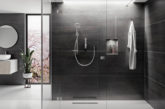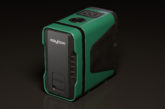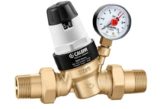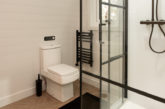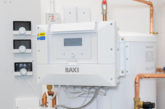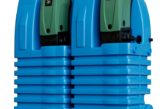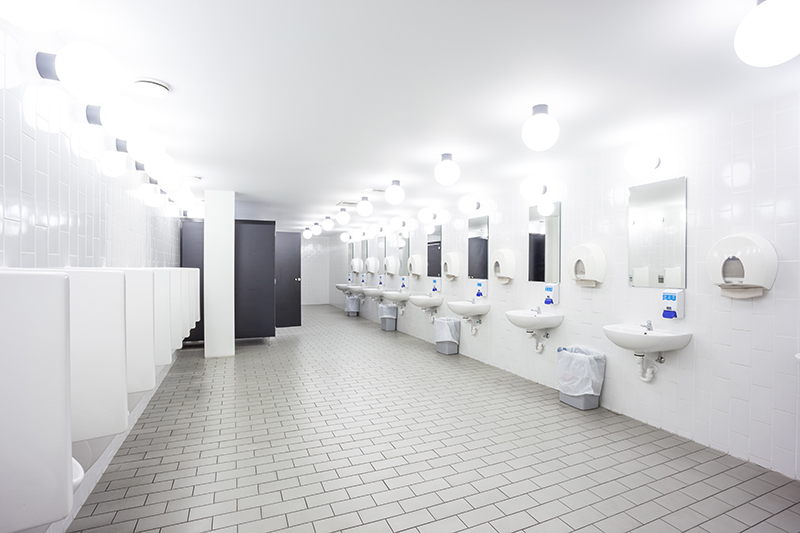
Stephanie Allchurch, Product Development Manager at Altecnic, outlines the health, safety and environmental considerations when choosing products for a commercial washroom installation.
When it comes to selecting products for washrooms, there is clearly a lot of choice out there – and no doubt you will have your preferred suppliers.
But as a professional installer, beyond your client’s aesthetic preferences, the most important consideration is obviously the one of health and safety.
For your client, it’s probably something they take for granted, that you will automatically ensure that all the health and safety checks are done. But if you’re used to installing domestic washrooms and have landed yourself your first commercial project, you will need to gen-up on the difference in requirements.
Reducing the risks
In a commercial setting, regulating the water temperature to prevent the risk of scalding, particularly where there are vulnerable people such as children in a school, or people in a care home or hospital, is a high priority. This is where Thermostatic Mixing Valves (TMVs) come in.
The key thing to bear in mind when carrying out a risk assessment on which TMV to use is, how vulnerable the person who will be using the facilities is to the risk of scalding. The basic rule is, the more vulnerable they are, the higher the need for quick reactive controls.
Keeping vandalism at bay
Unfortunately, there are always going to be people out there who think it’s OK to cause problems by doing things they shouldn’t, and never more so than in an ‘open to all’ public place. So, in a commercial space, such as a leisure centre or public washroom, it is important that you take steps to try and minimise potential damage that could be done to the property.
One way of doing this is by installing non-concussive taps or showers, that deliver water for a specified amount of time before shutting off and needing to be activated again to restart the water flow.
Not only does this prevent taps or showers from being left on, and therefore minimises the risk of vandalism by flooding, it also serves to reduce the amount of water used, saving water and energy and therefore being BREEAM (Building Research Establishment Environmental Assessment Method) compliant. A typical five minute shower uses 35 litres of water. By fitting a timed flow control product, this usage can be dramatically reduced.
Suitable for all
Accessibility is a key consideration when installing public washrooms. Products such as toggle taps that can be activated by moving the lever using a hand, forearm or elbow in any direction are a good option. The lever requires less force to open, therefore a person with impaired strength and/or physical disabilities may find this easier to activate.
Part M of the Building Regulations is essential reading to ensure your washroom meets the government standard and building regulations, ensuring that all users can use the space safely and independently.
Keep it going
Another aspect of commercial washrooms that needs to be included in the choice of products is the robustness of materials. The products installed need to be durable for the amount of use they are going to get as well as resistant to vandalism. So you should ensure the non-concussive products you use are EN 816 compliant, such as the SILFRA range which are endurance tested 210,000 times.
Of course, no product lasts for ever and maintenance is key to getting the best out of it. This is especially true for safety devices such as TMVs where a ‘don’t fit and forget’ philosophy coupled with maintenance friendly product design ensures optimum performance and ease of servicing.
All of the non-concussive valves within the Silfra range of commercial products come with a cartridge that can be changed through the front of the tap or shower. This makes it easy to carry out maintenance after installation, ensuring the products stay fit for purpose during the whole of their time in use.


